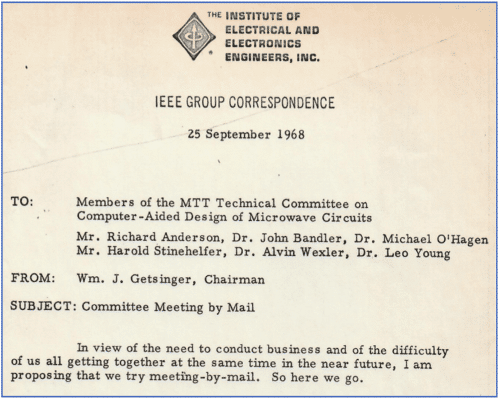An Early History of Optimization Technology for Automated Design of Microwave Circuits
Abstract
This paper outlines the early history of optimization technology for the design of microwave circuits—a personal journey filled with aspirations, academic contributions, and commercial innovations. Microwave engineers have evolved from being consumers of mathematical optimization algorithms to originators of exciting concepts and technologies that have spread far beyond the boundaries of microwaves. From the early days of simple direct search algorithms based on heuristic methods through gradient-based electromagnetic optimization to space mapping technology we arrive at today's surrogate methodologies. Our path finally connects to today's multi-physics, system-level, and measurement-based optimization challenges exploiting confined and feature-based surrogates, cognition-driven space mapping, Bayesian approaches, and more. Our story recognizes visionaries such as William J. Getsinger of the 1960s and Robert Pucel of the 1980s, and highlights a seminal decades-long collaboration with mathematician Kaj Madsen. We address not only academic contributions that provide proof of concept, but also indicate early formative milestones in the development of commercially competitive software specifically featuring optimization technology.
